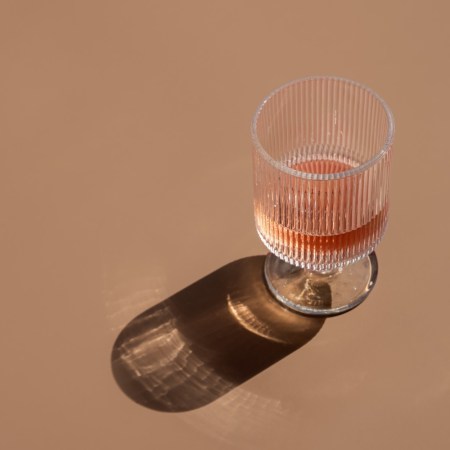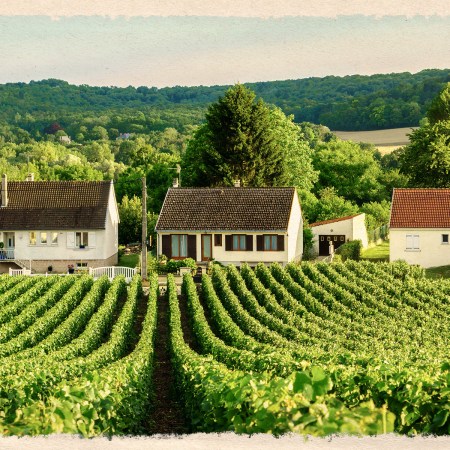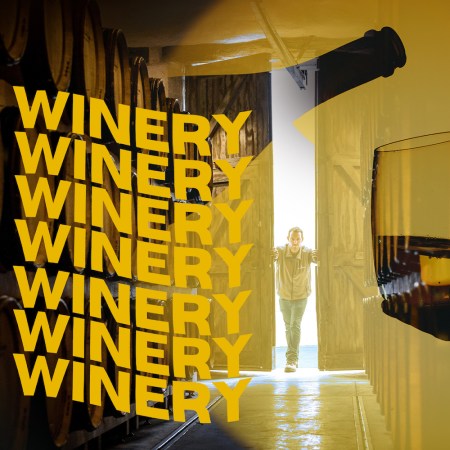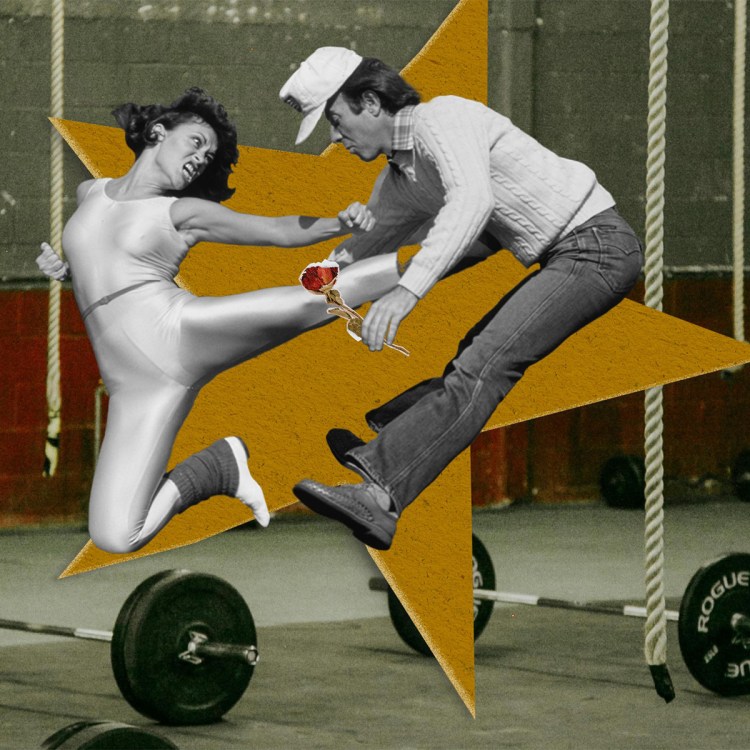
New Year’s toast: Champagne for my real friends. Real pain for my sham friends.
And when we wake up on New Year’s Day, another toast: Real pain for me and all my friends.
Because bubble trouble is real. Real as ladies who don’t think it’s necessary to wear tights to the party in 20-degree weather. It’s the fizz to blame … or maybe it’s you.
Anyway, you might feel like a bag of smashed a**holes in the morning, so let’s prepare, shall we?
Before you commence painting the town red …
1) Eat something. Don’t sleep on this. Wouldn’t hurt for your date to eat something, too.
2) Attempt to block alcohols conversion into aldehyde. Aldehyde equals pain. It’s easy-ish. Just take like 500% of your daily recommended value of vitamin C.
Once the games being …
3) A water for every cocktail. Just do it. At least for as long as you can remember to. It really does work.
Before hitting the sheets …
4) Have some more water and a couple of activated charcoal pills. Charcoal doesn’t absorb toxins. They just sort of cling to it for faster expulsion. Like Charlie Sheen at the Plaza, it’ll have that wretched mess out of there in no time.
5) Set an alarm. We dare you. Wake up 20 minutes before you “want” to get up, take two ibuprofen and chug down something with electrolytes like Gatorade, Smart Water, the good coconut water or Pedialyte.
When you wake up …
6) If you had one wish right now, it would be that someone else could adult for you today. But give yourself a little pep talk and get your hide out of that bed. Get the blood moving through the body. Own that pain and excommunicate it.
7) You gonna vom? Alkaseltzer. Fast. Your correspondent’s mother once gave it to her when she had a broken leg. Joke. But, seriously, is there anything it can’t cure? See also: ginger anything, but without sugar in it.
8) Shower. You need it.
9) Steam if you can. It’s a one-way ticket to not being a shadow of yourself.
10) Have a banana. Here’s why.
11) Did you shower? Do you have an amazing companion in your home? Awesome. Have some sex. Endorphins at the ready!
12) Don’t hesitate to hit the cheebah. It might even be legal where you are. It’s not for everyone, but if it works for you, do your thing, because man alive does it work. Plus, aren’t you on your way to brunch? Let’s make the most of that $40 Eggs Benedict.
13) Sunglasses.
14a) Did you vom? Yikes. You cooked it too long, plain and simple. Go back to bed and get more sleep.
14b) No vom? Congratulations. Go to brunch and keep your trap shut about the black plague within you. You brought this on yourself. Possible conversation pointers include: “Did anyone see the parade?”; “What’s the ski report right now?”; and “Has anyone seen Danny?”
Step 15) Take something for your liver. You and your body are going to be together for a long time if you play your cards right.
Stay safe and have a blast out there, ya filthy animals.
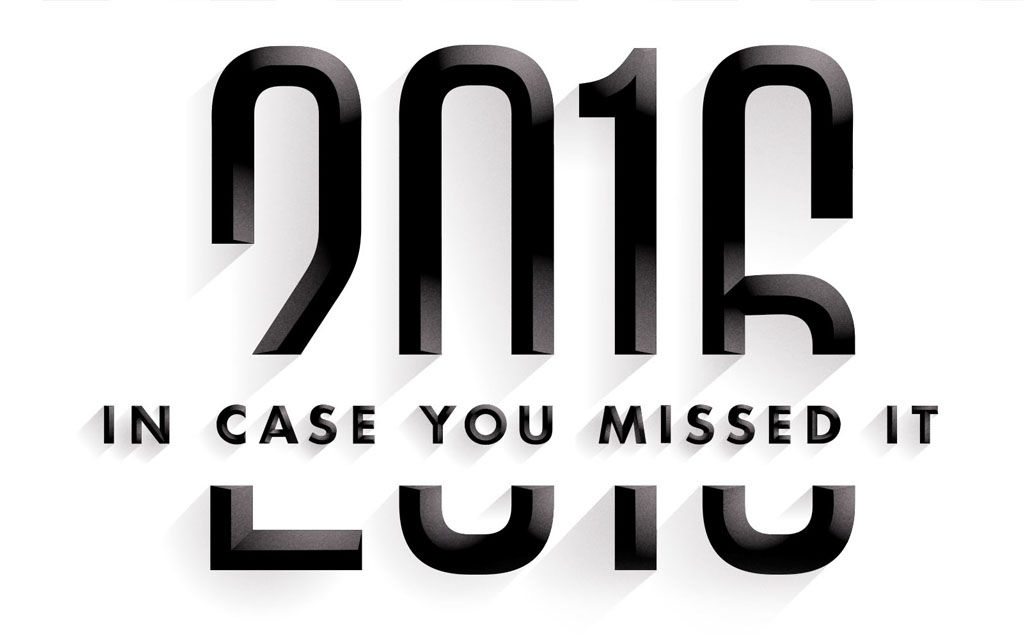
 eddings and mitzvahs excluded, most men will drink Champagne exactly once this year: December 31st.
eddings and mitzvahs excluded, most men will drink Champagne exactly once this year: December 31st.












